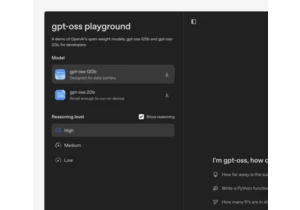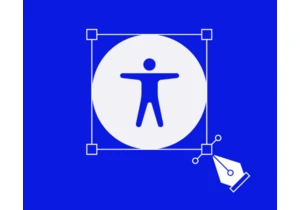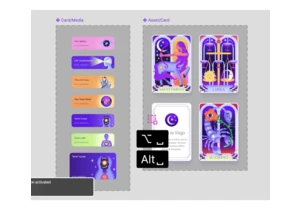In 100 years, web design will likely evolve into immersive, seamless experiences that blend technology with human interaction, eliminating traditional concepts like pages, navigation, and fixed information. As AI and human minds merge with the digital world, designers will focus on creating dynamic, personalized environments rather than static websites. https://webdesignernews.com/the-future-of-web-design-2/
Login to add comment
Other posts in this group

Advanced open-weight reasoning models to customize for any use case and run anywhere. https://webdesignernews.com/openai-just-released-open-models/

TLDR: This is the year that AI has taken over UX. In this article, I explain why and give an update on my method of using AI for UX research, focussing on how ChatGPT’s Deep Research functionality can

CSS has “logical properties” which have the unique ability to follow the flow of language. You might be working on an website in English, which is left-to-right and top-to-bottom, but other languages

Web Components are more than just Custom Elements. Shadow DOM, HTML Templates, and Custom Elements each play a role. In this article, Russell Beswick demonstrates how Shadow DOM fits into the broader

Master SVG accessibility: Learn techniques for ARIA roles, testing, and creating inclusive graphics that work for everyone. https://webdesignernews.com/implementing-accessible-svg-elements-2/

Airbnb, the paragon of a “design-led” company, is only hiring a single designer. The job requires more than a decade of experience. There are probably hundreds (possibly thousands) of applicants. The

For millions, navigating digital tools with a keyboard isn’t just about preference for speed and ergonomics—it’s a fundamental need. As part of our ongoing effort to make Figma more accessible to all,
